How to Calculate How Long You Have Had Lice
The news has broken, and your kid has lice. We know the drill. Panic immediately sets in while a million questions run through your head at the same time. You’re thinking how long could you’ve had lice? How did this happen? How do I get rid of lice and fast ? We’re tackling the first question among many—how to calculate how long you have head lice.
Lice Life Cycle
To be able to calculate how long you’ve had lice, we’ll need to understand the lice life cycle.
- Once the lice have spread to the person’s head, the female louse will start to lay their nits or eggs; an infestation has begun.
- The first nymphs, or baby lice, will appear 7-10 days later.
- Nymphs will continue to eat and grow over the next 7-10 days.
- Before becoming adults, nymphs will molt their exoskeleton three times in order to mate. You can think of this as the louse teenager stage, based on the various molting phases the louse might be.
- During the third and final molt, the gender is determined based on what is needed for a growing colony and are now officially adults.
- Once genders are determined, the females will mate, and the life cycle begins again.
It is important to note, after the first successful lice generation, the females mate only one time and lay nits for the remainder of her lifespan. The louse lifespan is usually between 30-33 days, and females can lay up to 10 nits (eggs) a day.
Calculating How Long You Have Had Lice
Now that we’ve learned all the fun details on the life of lice let’s get down to the bottom of how long you’ve had lice. Lice infestation is typically noticed in 45 days after the nymphs have become adults and begin to mate. Female lice are larger than male lice, which means they can be easier to spot in someone’s hair. When you examine the scalp of a person with lice, you will be able to see lice at the various stages in their life: nits, casings (shell after hatching), nymphs, teens, and the adults. By understanding the life cycle of lice, if there are more nits than adults on the head, we can assume you’ve had lice for longer than 45 days. This means there has been longer than one louse life cycle on the head because the adult lice were able to lay and hatch their nits.
Nit on a Strand of Hair
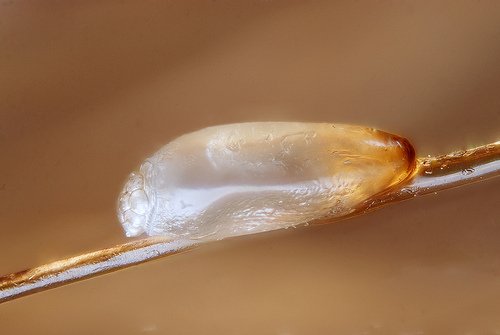
Hatched Louse Casing
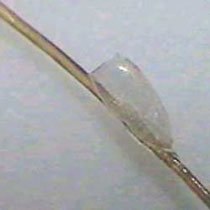
Nits and Lice in Hair
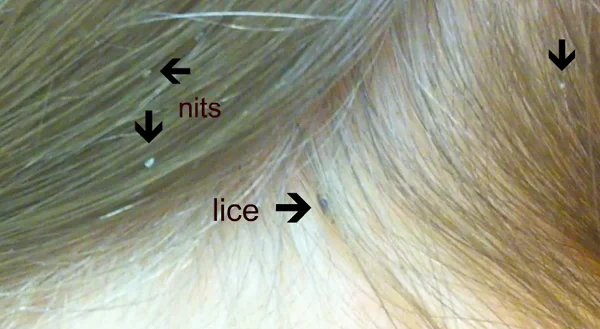
For a more technical calculation of how long you’ve had lice, we can measure how far from the scalp the eggs (nits) are. Female lice lay their eggs as close to the scalp as possible, and hair grows about 1 cm per month. For example, if you find nits in your hair and they are measured 2 cm from the scalp, we can calculate you’ve had lice for two months.
Head Lice Treatment in Jacksonville, Orlando, and Savannah
It’s time to cut the lice life cycle short and get rid of them once and for all. Picking the nits, casings, and louse out of the hair yourself will be time-consuming, back-breaking, and eye-straining. It can be easy to miss those one or two nits, and you’ll be left with a breakout yet again. Even those over-the-counter lice treatment products are filled with chemicals and toxins not safe for anyone’s yet. Sometimes they don’t even kill the nits. The safest and most effective lice treatment on the market is our AirAllé device here at Fresh Heads Lice Removal. Our revolutionary device uses only warm air to kill all nits and adult lice in under an hour. Schedule your appointment to be lice free today.
Schools Without Lice
Our mission at Fresh Heads Lice Removal is to get rid of lice in schools across the United States. We’ve partnered with Lice Clinics of America to create the Schools Without Lice program that gives teaches and nurses free screenings, resources, and treatments. Together, we can have schools without lice!

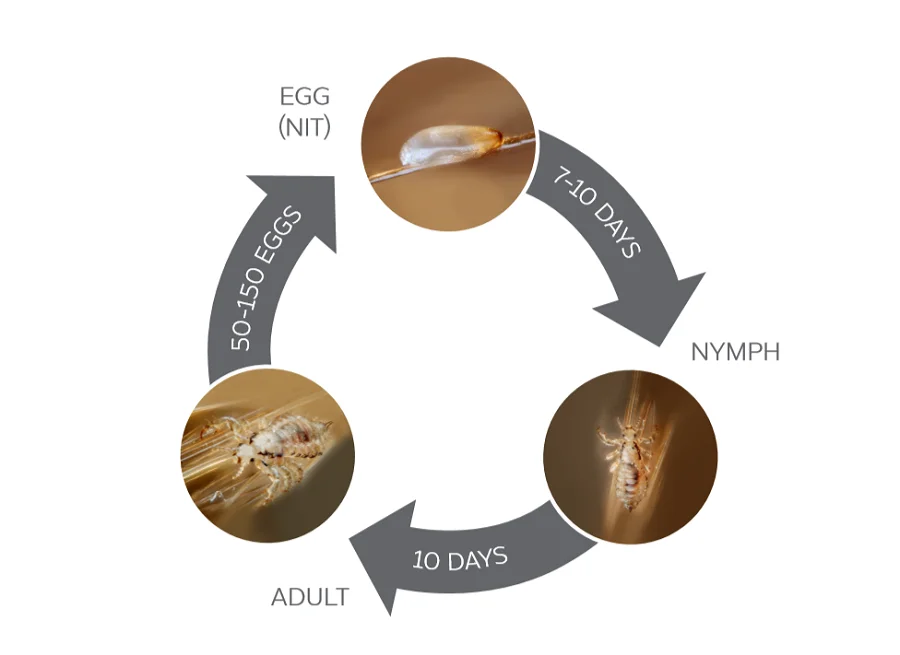
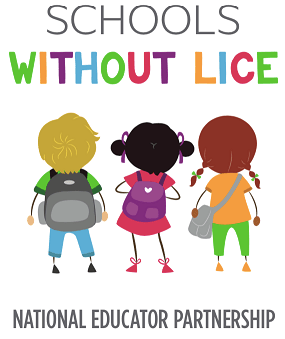









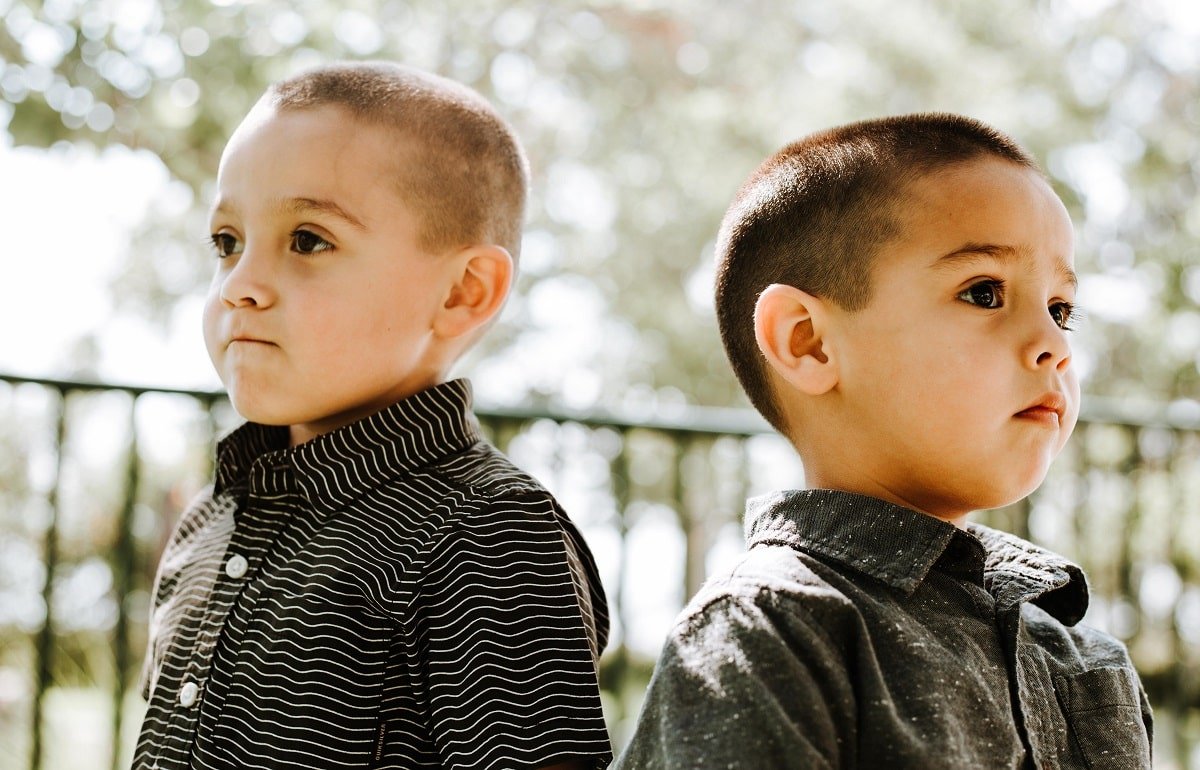
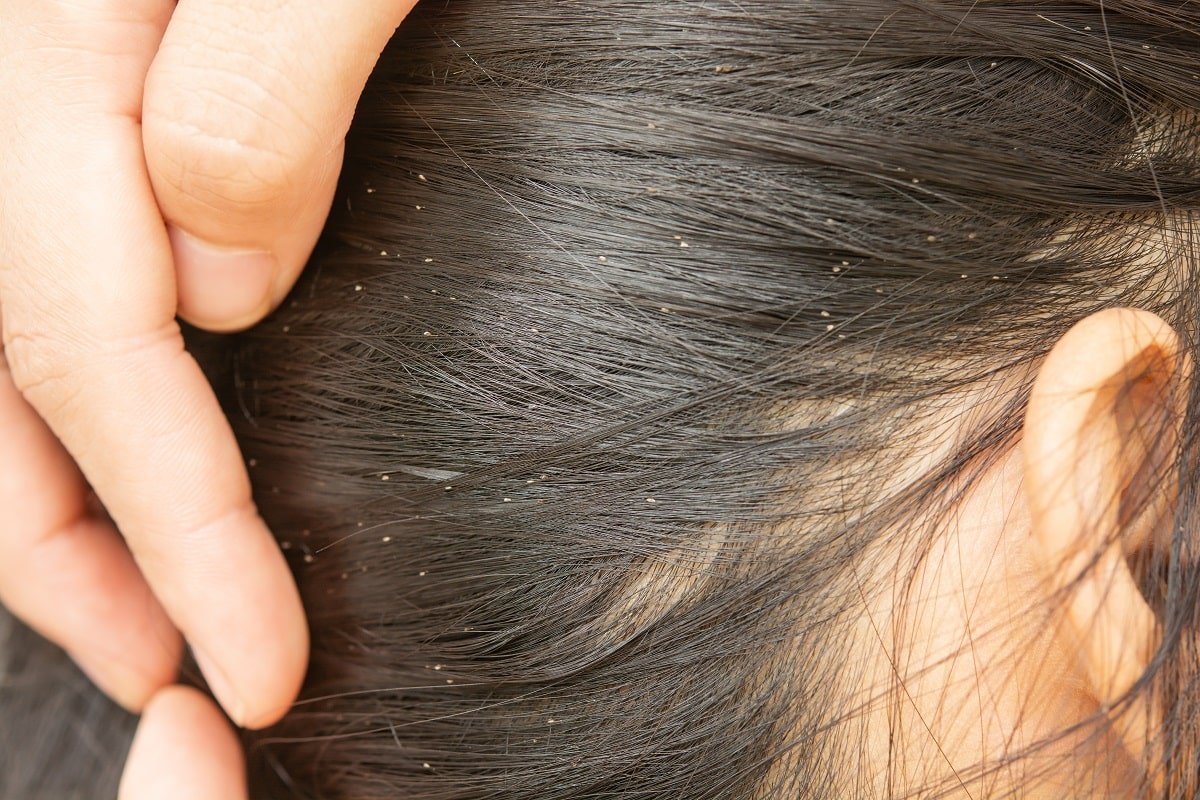


Leave a Reply
Want to join the discussion?Feel free to contribute!